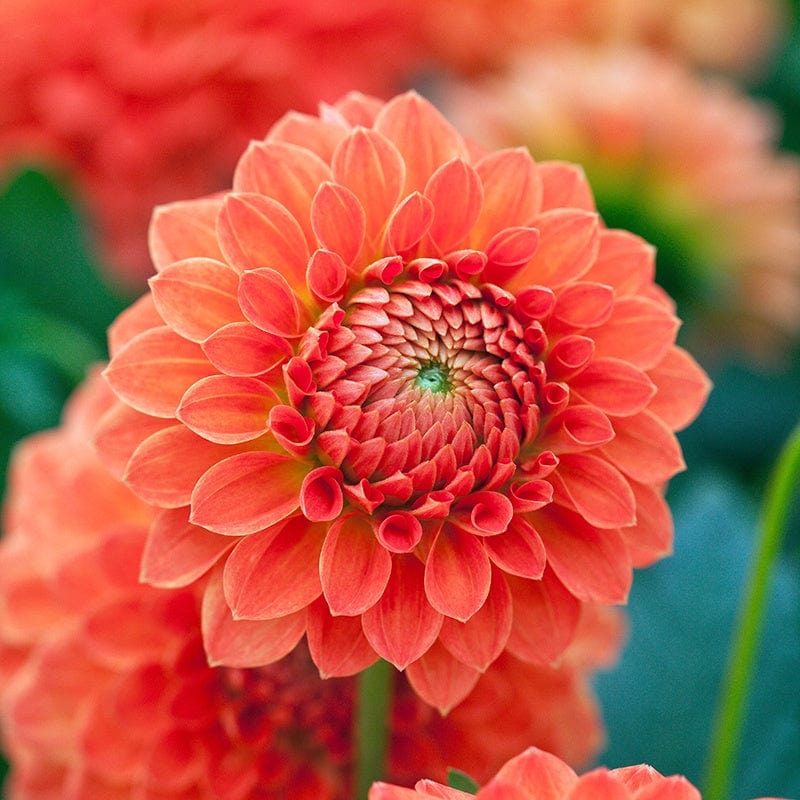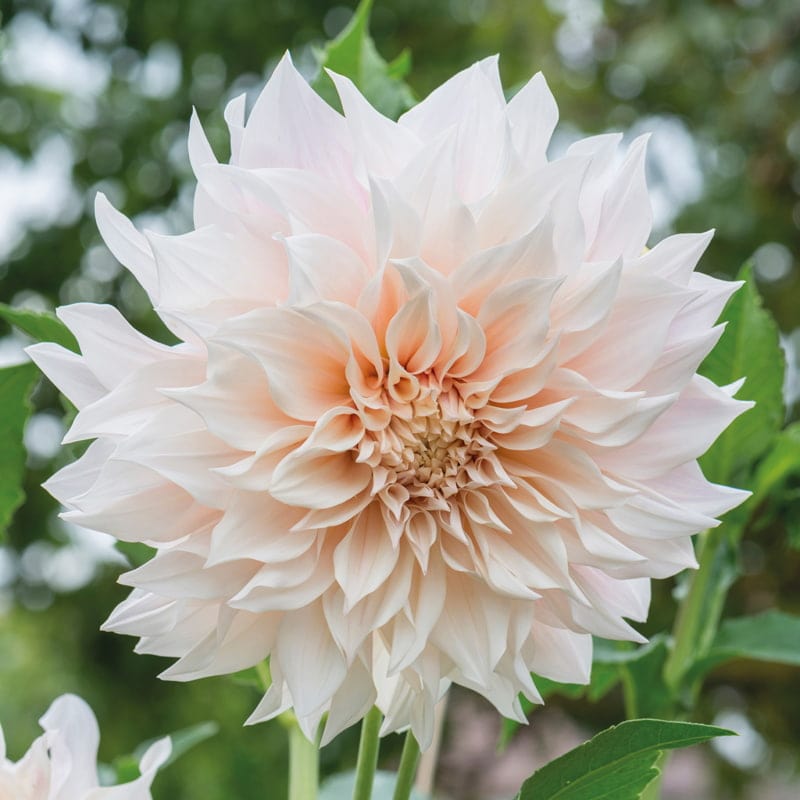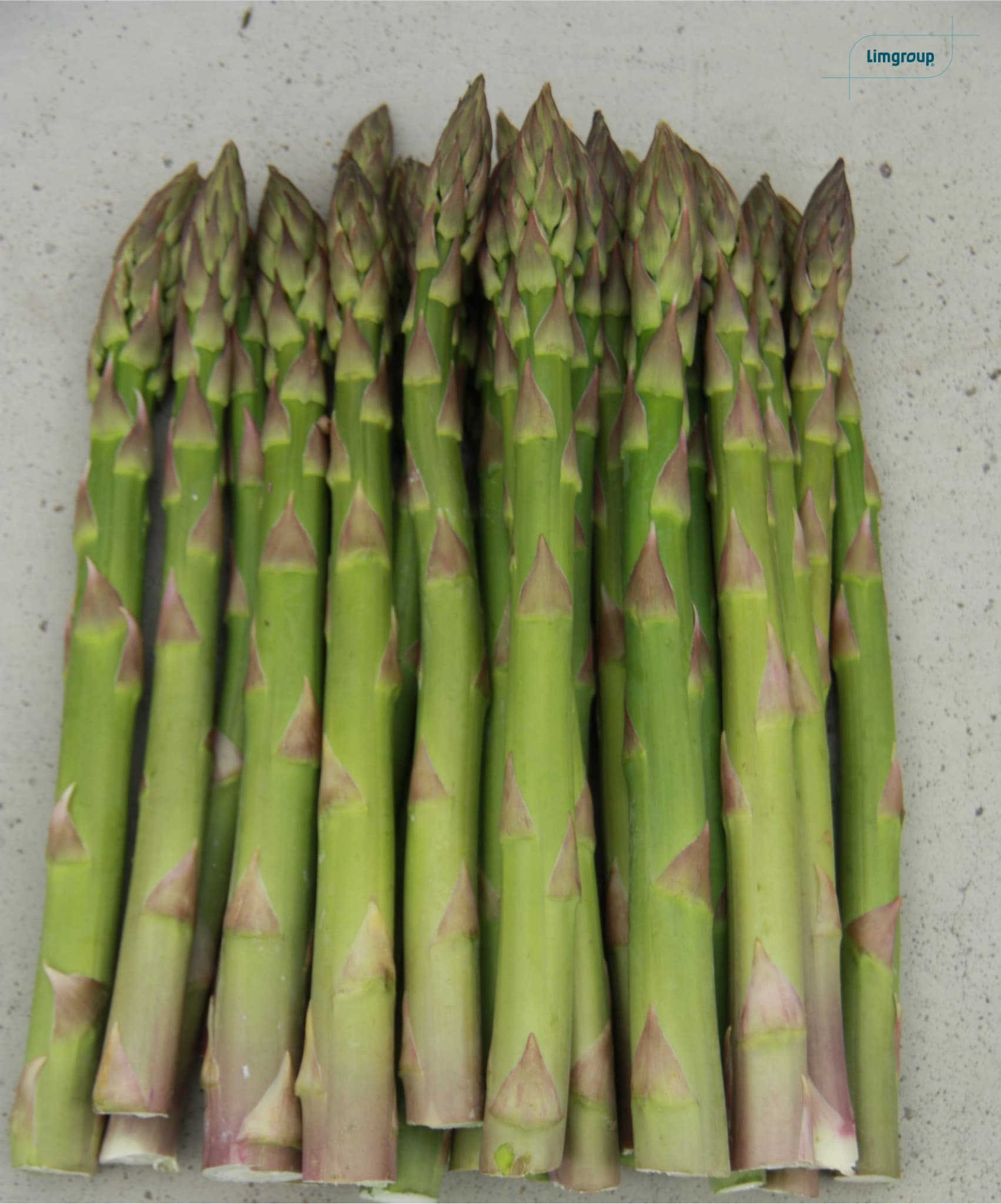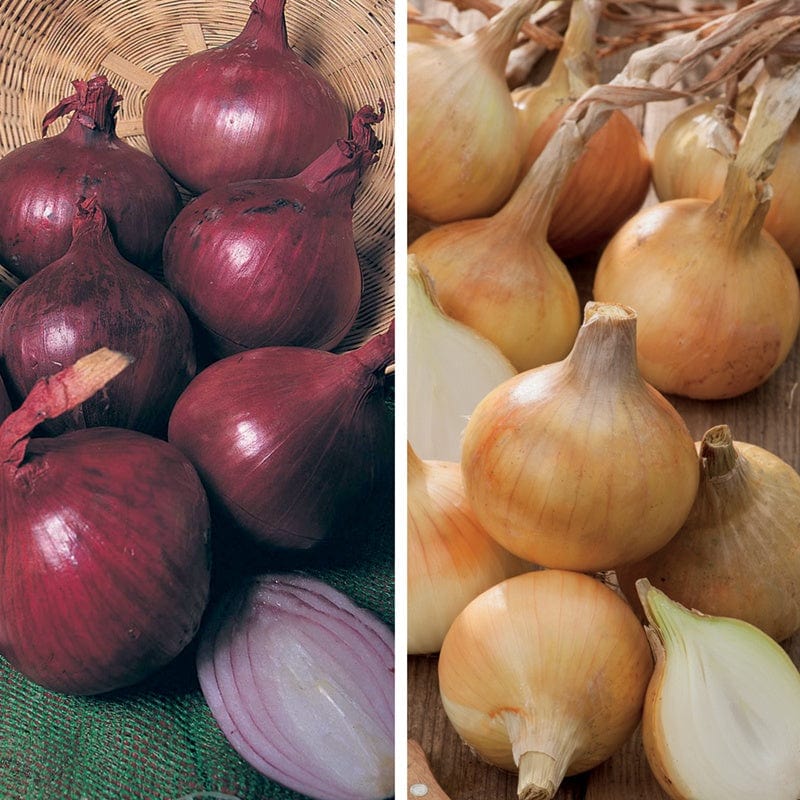Introduction to Crocus
Planting & Harvesting
- Sow Indoors
- Sow/Plant Outside
- Flowers/Harvest
Free Delivery
On All Orders Over £35

Free Delivery
On All Orders Over £35

Free Delivery
On All Orders Over £35

Free Delivery
On All Orders Over £35

Item added to bag!
Your Basket
Our Spring 2026 Range Is Here!
Our Spring 2026 Range Is Here!
Our Spring 2026 Range Is Here!
Our Spring 2026 Range Is Here!
Our Spring 2026 Range Is Here!
Our Spring 2026 Range Is Here!
Our Spring 2026 Range Is Here!
Our Spring 2026 Range Is Here!
Our Spring 2026 Range Is Here!
Our Spring 2026 Range Is Here!
Our Spring 2026 Range Is Here!






Your basket is empty
Continue shoppingTax included and shipping calculated at checkout
Crocus is the common name for a group of early-flowering spring and autumn bulbs, with the Latin name Crocus. There are around 90 species, offering a beautiful palette of colours including purples, yellows, whites, and delicate stripes.
Crocuses are renowned for their cheerful, cup-shaped flowers that often emerge while the first signs of spring appear, sometimes even pushing through late winter snow. They are perfect for naturalising in lawns, borders, or under trees, and they also make charming cut flowers for small indoor displays.
Crocuses are low-maintenance and generally easy to grow, especially when planted as bulbs in the autumn for spring flowering. Many varieties are available as ready-to-plant corms, giving quick and reliable colour in the garden.
Whether grown in large drifts for impact or as a scattered splash of early colour, crocuses provide an enchanting, early-season display that delights gardeners and pollinators alike.
Start by loosening the soil to about 10-15 cm (4-6 inches) deep and mix in some compost or well-rotted manure to improve drainage and enrich the soil. Plant each corm with the pointy end facing up, about 7-10 cm (3-4 inches) deep. Space them roughly 7-10 cm (3-4 inches) apart for a natural, clustered effect.
You can create the perfect environment for crocuses by ensuring the soil is light and free-draining, as they dislike sitting in water. Adding a little grit to heavy soil will help prevent rot. For an extra burst of energy, you can mix in a balanced bulb fertiliser when planting – this will help your crocuses bloom beautifully as soon as the early spring sunshine appears.
As early-flowering bulbs, crocus corms are best planted in the autumn months, between September and November. Planting during this period allows them to establish roots before the first frosts and ensures a cheerful splash of colour in late winter or early spring.
Ground planting: Crocuses do very well when planted directly in the ground. They prefer a sunny or lightly shaded spot with well-drained soil. Avoid areas where water tends to pool, as soggy soil can cause corm rot.
Container planting: Crocuses can also be grown successfully in pots or containers, ideal for patios, balconies, or small garden spaces. Use a container at least 10-15 cm (4-6 inches) deep with good drainage holes and fill it with well-draining compost.
Window boxes: Crocuses are suitable for window boxes as long as the container is deep enough and drains well. Water regularly, but avoid waterlogging to keep the corms healthy.
Crocuses prefer full sun for the best blooms, though they can tolerate light shade. Too much shade may result in weaker stems and fewer flowers, so choose a spot that receives at least a few hours of sunlight each day.
Once your crocuses are planted, most varieties are low-maintenance, but a little care will ensure strong growth and vibrant blooms year after year. Water them during dry spells, making sure the soil stays moist but never waterlogged.
If you want to give your crocuses an extra boost, feeding can help support healthy growth and encourage bright flowers. From early spring, when shoots start to appear, apply a balanced or potassium-rich liquid fertiliser to the soil around the corms. This helps strengthen the plants and can improve flowering in the seasons to come.
After flowering, allow the foliage to die back naturally. Don’t cut it too soon, as the leaves continue to photosynthesise, storing energy in the corms for next year’s blooms. This simple aftercare will keep your crocuses blooming beautifully for many seasons.
Sign-up to our Newsletter


